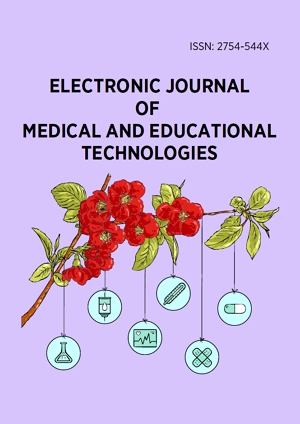Abstract
Background: Workplaces are changing, work exposures are changing, and medical public health workers’ ability to continue doing productive and healthy work is being impacted by social, technical, environmental, economic, and political pressures. This Research has shown the strong link between safety and occupational risks relationship with job position training quality and needs, and their consequences on medical public health services workforce. To determine the severity of the impact as signs of presents a range of threats provides evidence of the perceived risks predictors of these needs, although the sociodemographic characteristics describe the frequency of risk exposure.
Methods: This research is a nationwide study in Greece, construction March to June of 2022. For data collection, a web link was distributed to respondents by email. Providing n=185 responses, safety and occupational risks classification, and were measured with a questionnaire instrument developed, and also a questionnaire developed instrument for measured training needs and quality. ANOVAs one-way test to define variable properties job position, training quality, and training needs correlated by political leadership interventions factor (F).
Results: Chemical risks scores for head of office (median [Mdn]=2.13) were higher to all other job position, χ2= 10.991, p<0.05. Biological risks for head of office (Mdn=3.08) were higher compared to all other categories, χ2=20.770, p<0.01. Psychosocial risks scores for employees (Mdn=3.08) were higher compared to all other categories, χ2=11.349, p<0.05. Organizational risks scores for employees (Mdn=2.84) and head of office (Mdn=2.78) were higher compared to all other categories, and the Kruskal-Wallis test indicated that this difference was statistically significant, χ2(4)=18.278, p<0.01. Perceived training quality 43.78% of participants rate as low (β=0.195, p=0.002), and 65.41% high training needs.
Conclusions: Adding new data to advance the quality of public health services provision organizational support, benefits, resources, and personal protective equipment. Assist in the planning and decision-making phase management provide educational training programs of medical public health workforce to ensure sustainability and optimal performance. There has never been a greater need for trustworthy and unbiased information to assist and guide policymakers, employers, and employees as they go forward.
License
This is an open access article distributed under the Creative Commons Attribution License which permits unrestricted use, distribution, and reproduction in any medium, provided the original work is properly cited.
Article Type: Original Article
ELECTR J MED ED TE, Volume 16, Issue 3, September 2023, Article No: em2305
https://doi.org/10.29333/ejmets/13585
Publication date: 20 Aug 2023
Article Views: 1630
Article Downloads: 824
Open Access References How to cite this article
 Full Text (PDF)
Full Text (PDF)